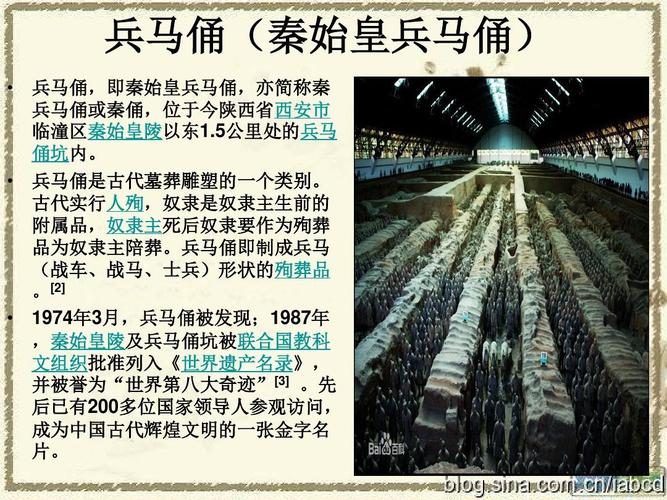
What Were the Terracotta Army Figures Made Of?
The Terracotta Army is one of the most iconic archaeological discoveries of all time. But what were these life-size figures made of?
Clay: The Basic Raw Material
The Terracotta Army figures are primarily made of clay, a readily available natural resource in the region surrounding the burial site. Let's take a closer look at the specific type of clay used:
- Loess: This fine-grained, silty soil was the primary ingredient. The Wei River valley, where the mausoleum complex is located, is known for its rich loess deposits. Loess is ideal for pottery due to its plasticity and ability to hold its shape when fired.
- Variations in Clay: Archaeologists believe that clay from different sources was likely used, as indicated by variations in color and texture observed in the figures.
The Potter's Wheel: Shaping the Figures
While the exact methods used to create the Terracotta Army remain a subject of scholarly study, it's highly probable that the potter's wheel played a significant role.
- Evidence of Wheel-Throwing: The uniform shapes of many of the figures, particularly the torsos, suggest the use of a potter's wheel to achieve symmetry.
- Large-Scale Wheels: Creating life-size figures would have required exceptionally large potter's wheels, likely operated by multiple craftsmen.
Molding and Assemblage: Creating Complex Forms
The intricate details and variations in the figures indicate that molding and assemblage techniques were essential to the creation process.
- Molding for Mass Production: Molds, likely made from clay or wood, would have been used to create multiples of common elements like heads, hands, and armor pieces.
- Individualized Features: While molds provided a basic framework, artisans added unique details to each figure's face, hair, and other features, giving them their remarkable individuality.
- Assemblage: The figures were constructed in sections—heads, torsos, legs, and arms—which were then joined together using a clay slip. This method allowed for the creation of large, complex forms.
Firing Process: Ensuring Durability
To harden the clay and give the figures their permanence, they underwent a crucial firing process.
- Kilns: Large kilns, fueled by wood, were constructed to fire the terracotta figures.
- High Temperatures: The figures were subjected to high temperatures, likely reaching around 1800°F (1000°C). This intense heat transformed the clay, removing moisture and creating a strong, durable ceramic material.
Pigments and Color: Bringing the Army to Life
The Terracotta Army was originally adorned with vibrant colors that have since faded over time.
- Mineral Pigments: Artists used natural mineral pigments mixed with a binding agent, possibly lacquer, to paint the figures.
- Color Symbolism: The colors held symbolic meaning. For example, red often signified power and authority, while green represented warriors.
FAQs
Q: Was the Terracotta Army made from a special type of clay? A: While the figures were made from readily available loess, the specific composition likely varied. Different clay sources would have resulted in variations in color and texture.
Q: How long did it take to make one Terracotta Army figure? A: The exact time is unknown, but it would have been a labor-intensive process involving multiple craftsmen and stages, likely taking weeks or even months per figure.
Q: Why did the paint on the Terracotta Army fade? A: Exposure to air, moisture, and the elements over centuries caused the organic binding agents in the pigments to break down, leading to the loss of much of the original color.